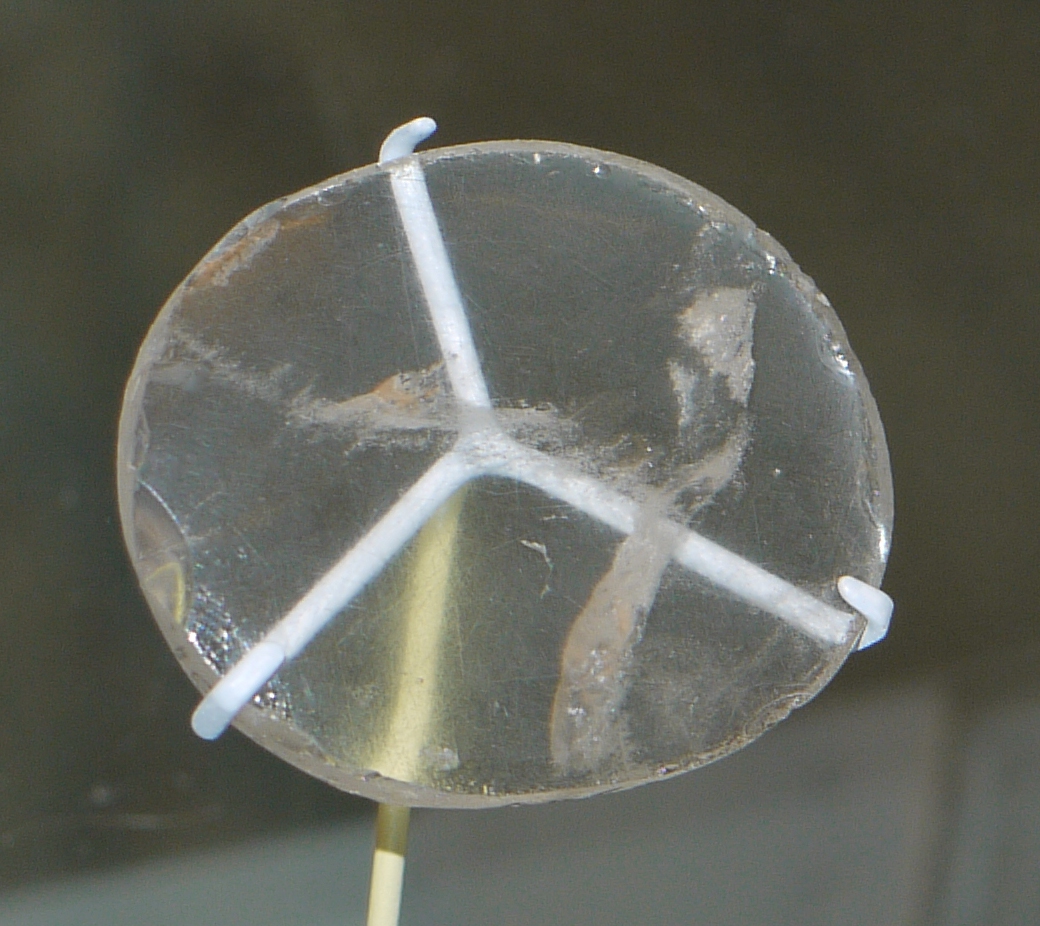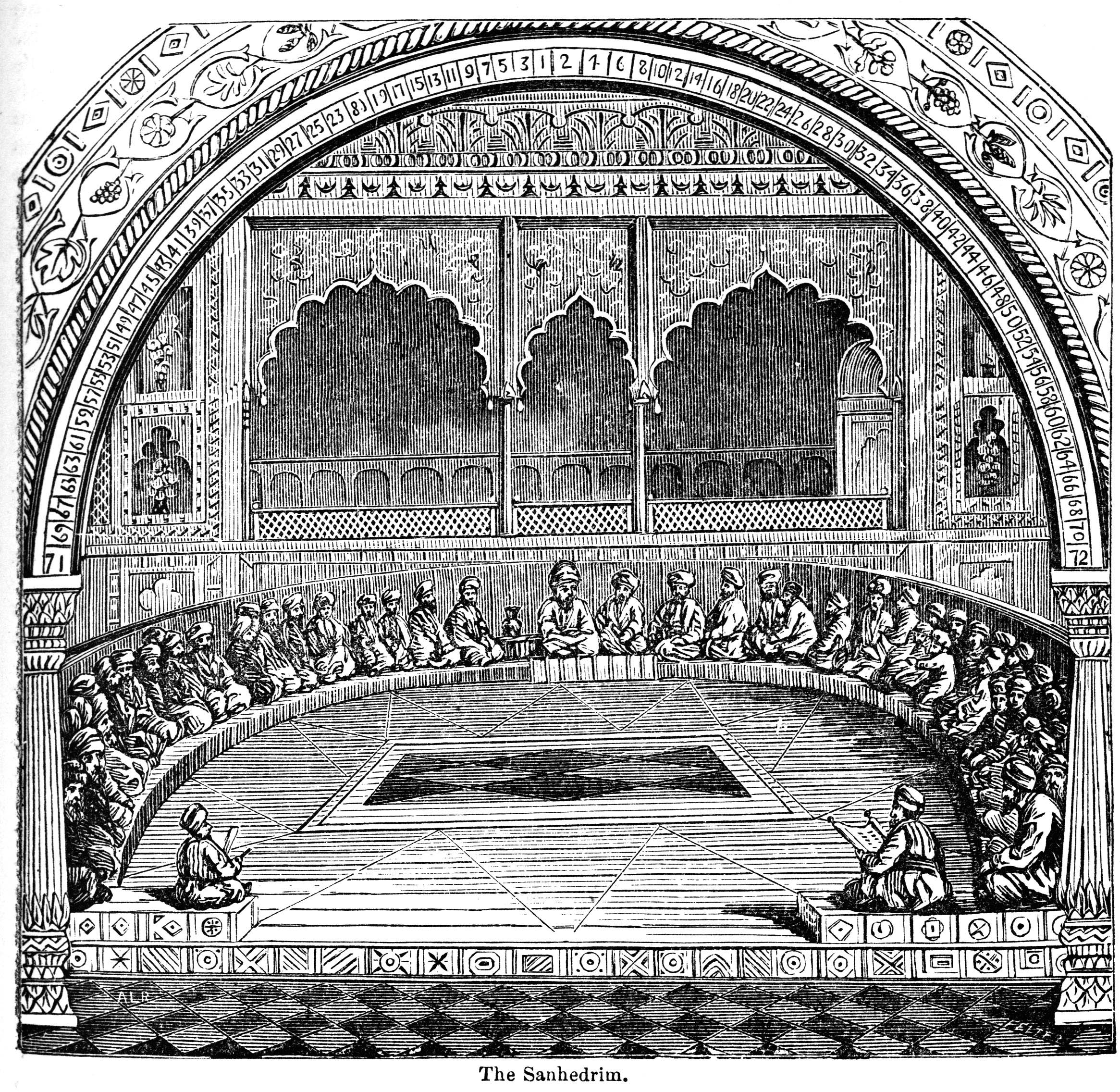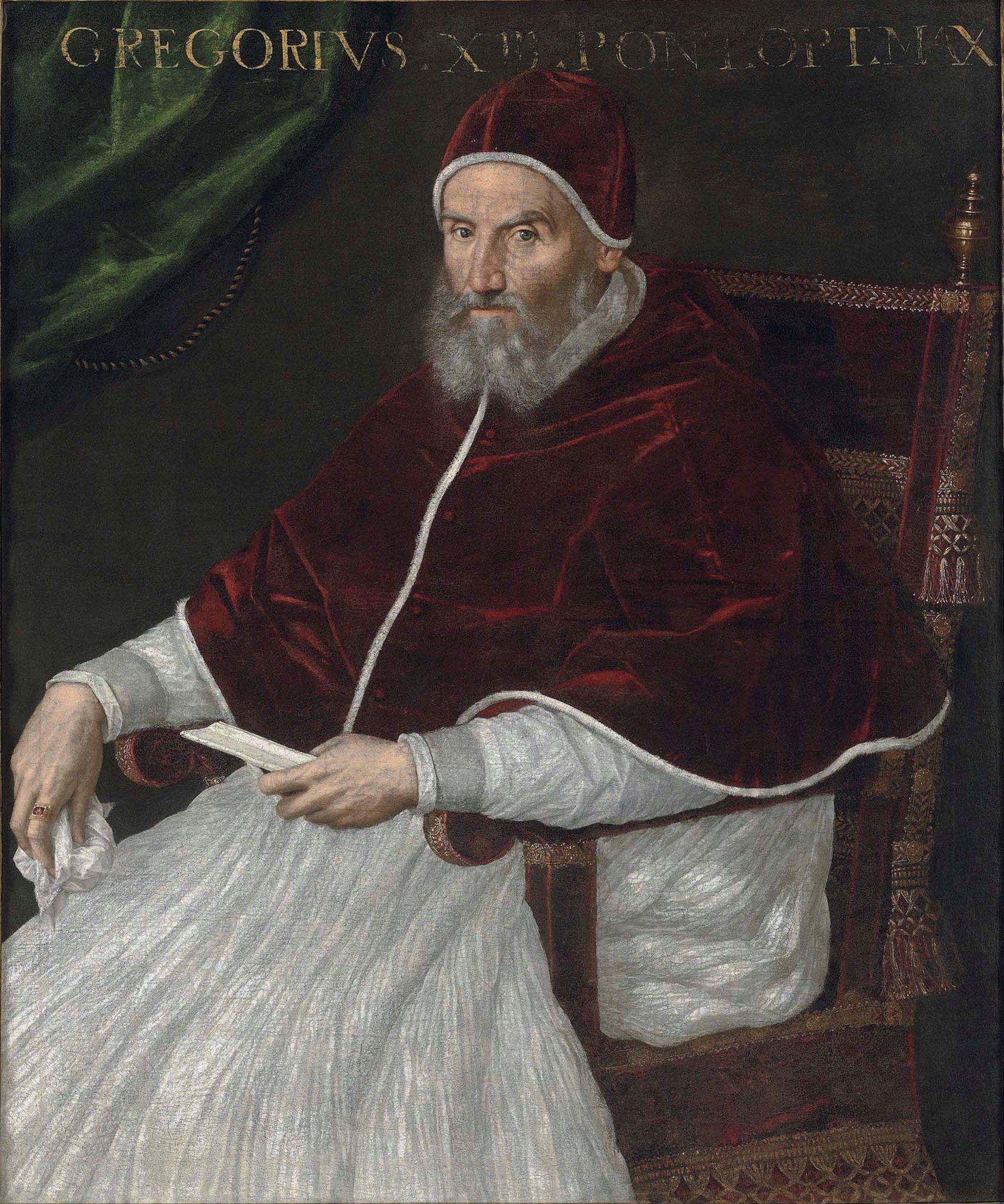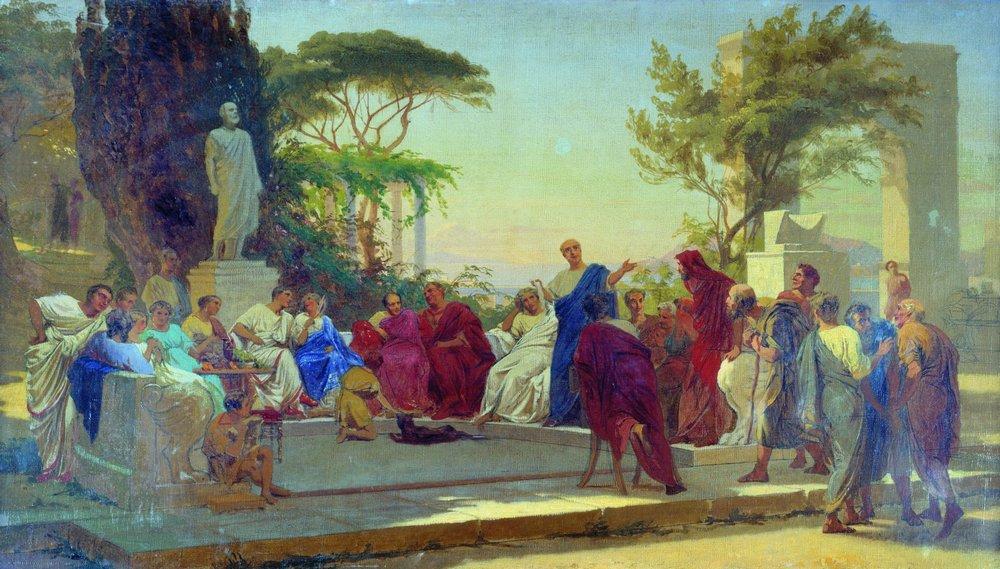|
Rafael Mirami
Rafael Mirami (; ) was a 16th-century Jewish author and optical physicist from the city of Ferrara. He is described as having "pioneered" the field of catoptrics. Biography Mirami was active in the 16th century in the city of Ferrara. He wrote poetry and studied the science of optics and mirrors. He described little of himself in his writing, but presented himself as Jewish and a physicist. His Treatise, ''A Concise Introduction to the First Part of the Specularia...'', was published in 1582. Some have credited his work around mirrors to have been influential in the development of scientific skepticism using reflective thinking. He also cited the field of catoptrics development and discovery to the thinking of sages, requiring a superior state of mind and wisdom. This has been credited as a fallacy of appeal to ancient wisdom. Mirami's work in catoptrics allowed him to make astronomical calculations based off of reflections, and his research in its applications is credited wi ... [...More Info...] [...Related Items...] OR: [Wikipedia] [Google] [Baidu] |
Duchy Of Ferrara
The Duchy of Ferrara (; ; ) was a state in what is now northern Italy. It consisted of about 1,100 km2 south of the lower Po River, stretching to the valley of the lower Reno River, including the city of Ferrara. The territory that was part of the Duchy was ruled by the House of Este from 1146 to 1597. Borso d'Este, Duke of Ferrara, Borso d'Este, already Duchy of Modena and Reggio, Duke of Modena and Reggio, and lord of Ferrara, was raised to Duke of Ferrara by Pope Paul II. Borso and his successors ruled Ferrara as a quasi-sovereign state until 1597, when it came under direct papal rule. Background The origin of Ferrara is uncertain. It was probably settled by the inhabitants of the lagoons at the mouth of the Po. There are two early centres of settlement: one around the cathedral, the other, the ''castrum bizantino'', being the San Pietro district, on the opposite shore, where the Primaro empties into the Volano channel. Ferrara appears first in a document of the Lombards ... [...More Info...] [...Related Items...] OR: [Wikipedia] [Google] [Baidu] |
Optical Physicist
Optics is the branch of physics that studies the behaviour and properties of light, including its interactions with matter and the construction of optical instruments, instruments that use or Photodetector, detect it. Optics usually describes the behaviour of visible light, visible, ultraviolet, and infrared light. Light is a type of electromagnetic radiation, and other forms of electromagnetic radiation such as X-rays, microwaves, and radio waves exhibit similar properties. Most optical phenomena can be accounted for by using the Classical electromagnetism, classical electromagnetic description of light, however complete electromagnetic descriptions of light are often difficult to apply in practice. Practical optics is usually done using simplified models. The most common of these, geometric optics, treats light as a collection of Ray (optics), rays that travel in straight lines and bend when they pass through or reflect from surfaces. Physical optics is a more comprehensive mo ... [...More Info...] [...Related Items...] OR: [Wikipedia] [Google] [Baidu] |
Ferrara
Ferrara (; ; ) is a city and ''comune'' (municipality) in Emilia-Romagna, Northern Italy, capital of the province of Ferrara. it had 132,009 inhabitants. It is situated northeast of Bologna, on the Po di Volano, a branch channel of the main stream of the Po (river), Po River, located north. The town has broad streets and numerous palaces dating from the Renaissance, when it hosted the court of the House of Este. For its beauty and cultural importance, it has been designated by UNESCO as a World Heritage Site. History Antiquity and Middle Ages The first documented settlements in the area of the present-day Province of Ferrara date from the 6th century BC. The ruins of the Etruscan civilization, Etruscan town of Spina, established along the lagoons at the ancient mouth of Po river, were lost until modern times, when drainage schemes in the Valli di Comacchio marshes in 1922 first officially revealed a necropolis with over 4,000 tombs, evidence of a population centre that in ... [...More Info...] [...Related Items...] OR: [Wikipedia] [Google] [Baidu] |
Catoptrics
Catoptrics (from ''katoptrikós'', "specular", from ''katoptron'' "mirror") deals with the phenomena of reflected light and image-forming optical systems using mirrors. A catoptric system is also called a ''catopter'' (''catoptre''). History Ancient Texts ''Catoptrics'' is the title of two texts from ancient Greece: *The Pseudo-Euclidean ''Catoptrics''. This book is attributed to Euclid, although the contents are a mixture of work dating from Euclid's time together with work which dates to the Roman period., accessed 31 January 2013 It has been argued that the book may have been compiled by the 4th century mathematician Theon of Alexandria. The book covers the mathematical theory of mirrors, particularly the images formed by plane and spherical concave mirrors. *Hero's ''Catoptrics''. Written by Hero of Alexandria, this work concerns the practical application of mirrors for visual effects. In the Middle Ages, this work was falsely ascribed to Ptolemy. It only survives in a ... [...More Info...] [...Related Items...] OR: [Wikipedia] [Google] [Baidu] |
Optics
Optics is the branch of physics that studies the behaviour and properties of light, including its interactions with matter and the construction of optical instruments, instruments that use or Photodetector, detect it. Optics usually describes the behaviour of visible light, visible, ultraviolet, and infrared light. Light is a type of electromagnetic radiation, and other forms of electromagnetic radiation such as X-rays, microwaves, and radio waves exhibit similar properties. Most optical phenomena can be accounted for by using the Classical electromagnetism, classical electromagnetic description of light, however complete electromagnetic descriptions of light are often difficult to apply in practice. Practical optics is usually done using simplified models. The most common of these, geometric optics, treats light as a collection of Ray (optics), rays that travel in straight lines and bend when they pass through or reflect from surfaces. Physical optics is a more comprehensive mo ... [...More Info...] [...Related Items...] OR: [Wikipedia] [Google] [Baidu] |
Sanhedrin
The Sanhedrin (Hebrew and Middle Aramaic , a loanword from , 'assembly,' 'sitting together,' hence ' assembly' or 'council') was a Jewish legislative and judicial assembly of either 23 or 70 elders, existing at both a local and central level in the ancient Land of Israel. There were two classes of Rabbinite courts called sanhedrins: Greater and Lesser. A lesser Sanhedrin of 23 judges was appointed to sit as a tribunal in each city. There was only one Great Sanhedrin of 70 judges, which, among other roles, acted as a supreme court, taking appeals from cases that lesser courts decided. In general usage, ''the Sanhedrin'' without qualifier usually refers to the Great Sanhedrin, which was presided over by the Nasi, who functioned as its head or representing president, and was a member of the court; the Av Beit Din or the chief of the court, who was second to the Nasi and 69 general members. In the Second Temple period, the Great Sanhedrin met in the Temple in Jerusalem, in a bu ... [...More Info...] [...Related Items...] OR: [Wikipedia] [Google] [Baidu] |
Pope Gregory XIII
Pope Gregory XIII (, , born Ugo Boncompagni; 7 January 1502 – 10 April 1585) was head of the Catholic Church and ruler of the Papal States from 13 May 1572 to his death in April 1585. He is best known for commissioning and being the namesake for the Gregorian calendar, which remains the internationally accepted civil calendar to this day. Early biography Youth Ugo Boncompagni was born the son of Cristoforo Boncompagni (10 July 1470 – 1546) and Angela Marescalchi, and paternal grandson of Giacomo Boncompagni and Camilla Piattesi, in Bologna, where he studied law and graduated in 1530. He later taught jurisprudence for some years, and his students included notable figures such as Cardinals Alexander Farnese, Reginald Pole and Charles Borromeo. He had an illegitimate son after an affair with Maddalena Fulchini, Giacomo Boncompagni, but before he took holy orders, making him the last Pope to have left issue. Career before papacy At the age of 36 he was summoned to Rome ... [...More Info...] [...Related Items...] OR: [Wikipedia] [Google] [Baidu] |
Gregorian Calendar
The Gregorian calendar is the calendar used in most parts of the world. It went into effect in October 1582 following the papal bull issued by Pope Gregory XIII, which introduced it as a modification of, and replacement for, the Julian calendar. The principal change was to space leap years slightly differently to make the average calendar year 365.2425 days long rather than the Julian calendar's 365.25 days, thus more closely approximating the 365.2422-day tropical year, "tropical" or "solar" year that is determined by the Earth's revolution around the Sun. The rule for leap years is that every year divisible by four is a leap year, except for years that are divisible by 100, except in turn for years also divisible by 400. For example 1800 and 1900 were not leap years, but 2000 was. There were two reasons to establish the Gregorian calendar. First, the Julian calendar was based on the estimate that the average solar year is exactly 365.25 days long, an overestimate of a li ... [...More Info...] [...Related Items...] OR: [Wikipedia] [Google] [Baidu] |
Abramo Colorni
Abramo Colorni (Abram or Abraham, Colorno or Calorno, sometimes Colorini, 1544–1599) was an Italian-Jewish polymath and Renaissance man. An engineer, architect, mathematician, chiromancer, cryptographer, alchemist, inventor, Magic (supernatural), magus (magician) and merchant, Colorni spent nine years as a Court Jew for Rudolf II. He is the author of the 1593 treatise on cryptography, ''Scotographia''. As court alchemist, he was a major player in cultural transfer from Italy to Baden-Wurttemberg and Prague. He was born in, and died in, Mantua, Italy. Sometimes thought of as a charlatan, a genius "Jewish Leonardo da Vinci, Leonardo" or "Jewish Baron von Munchhausen", or a ''professore de’ secreti'', "professor of secrets", he was also known as a clockmaker, for his magic tricks and escapology, and invented a new kind of revolver. Biography A Orthodox Judaism, devout Jew whose ancestors migrated from Rhineland, Germanic lands to Italy, Colorni was described as a Jewish Daeda ... [...More Info...] [...Related Items...] OR: [Wikipedia] [Google] [Baidu] |
Dante
Dante Alighieri (; most likely baptized Durante di Alighiero degli Alighieri; – September 14, 1321), widely known mononymously as Dante, was an Italian Italian poetry, poet, writer, and philosopher. His ''Divine Comedy'', originally called (modern Italian: ) and later christened by Giovanni Boccaccio, is widely considered one of the most important poems of the Middle Ages and the greatest literary work in the Italian language. Dante chose to write in the vernacular, specifically, his own Tuscan dialect, at a time when much literature was still written in Latin, which was accessible only to educated readers, and many of his fellow Italian poets wrote in French or Provençal dialect, Provençal. His ' (''On Eloquence in the Vernacular'') was one of the first scholarly defenses of the vernacular. His use of the Florentine dialect for works such as ''La Vita Nuova, The New Life'' (1295) and ''Divine Comedy'' helped establish the modern-day standardized Italian language. His wo ... [...More Info...] [...Related Items...] OR: [Wikipedia] [Google] [Baidu] |
Horace
Quintus Horatius Flaccus (; 8 December 65 BC – 27 November 8 BC), Suetonius, Life of Horace commonly known in the English-speaking world as Horace (), was the leading Roman lyric poet during the time of Augustus (also known as Octavian). The rhetorician Quintilian regarded his '' Odes'' as the only Latin lyrics worth reading: "He can be lofty sometimes, yet he is also full of charm and grace, versatile in his figures, and felicitously daring in his choice of words."Quintilian 10.1.96. The only other lyrical poet Quintilian thought comparable with Horace was the now obscure poet/metrical theorist, Caesius Bassus (R. Tarrant, ''Ancient Receptions of Horace'', 280) Horace also crafted elegant hexameter verses ('' Satires'' and '' Epistles'') and caustic iambic poetry ('' Epodes''). The hexameters are amusing yet serious works, friendly in tone, leading the ancient satirist Persius to comment: "as his friend laughs, Horace slyly puts his finger on his every fault; once let ... [...More Info...] [...Related Items...] OR: [Wikipedia] [Google] [Baidu] |
Petrarch
Francis Petrarch (; 20 July 1304 – 19 July 1374; ; modern ), born Francesco di Petracco, was a scholar from Arezzo and poet of the early Italian Renaissance, as well as one of the earliest Renaissance humanism, humanists. Petrarch's rediscovery of Cicero's letters is often credited with initiating the 14th-century Italian Renaissance and the founding of Renaissance humanism. In the 16th century, Pietro Bembo created the model for the modern Italian language based on Petrarch's works, as well as those of Giovanni Boccaccio, and, to a lesser extent, Dante Alighieri. Petrarch was later endorsed as a model for Italian style by the . Petrarch's sonnets were admired and imitated throughout Europe during the Renaissance and became a model for lyrical poetry. He is also known for being the first to develop the concept of the "Dark Ages (historiography), Dark Ages". [...More Info...] [...Related Items...] OR: [Wikipedia] [Google] [Baidu] |







